Senegal
Senegal's recent protests have shone a light on simmering frustrations over sluggish economic activity and unemployment in the West African state, which have been compounded by a year of coronavirus restrictions.
But many argue that anger also boiled over because of deepening poverty in the nation of 16 million people, especially among the young.
- Tourism sector hit hard -
At the Soumbédioune craft market in central Dakar, usually a draw for tourists looking for souvenirs, merchants are struggling as the pandemic drags on.
Moulaye Ndiaye, a sculptor from Dakar's crafts market, shares his local observations.
"Everything is slowed down, or rather, everything has completely stopped. For other sectors, the shopkeepers in the city centre, for example, it's not that bad, they are still working. But we, who are craftsmen, who depend directly on tourism, are very affected by all this."
Gorra Sarr, a crafts vendor, expresses what he believes is the frustration of the Senegalese people.
"What I can say is that the Senegalese are tired, and they are hungry. If you notice, they have attacked the stores where we sell food. For example, they didn't attack us because we don't sell anything to eat."
Situated in the westernmost part of Africa, Senegal is bordered by Mauritania, Mali, Guinea and Guinea-Bissau. It is surrounded by the Gambia, an English-speaking country with one of the smallest land areas on the continent.
Senegal has a tropical, dry climate and a population of 15.4 million, a quarter of which lives in the region of the capital, Dakar, on 0.3% of the territory.
The country is one of the most popular tourist destinations in West Africa, which is home to Dakar and Saint Louis, two dynamic cultural hubs.
Senegal is also home to several diverse wildlife parks, including the Niokolo-Koba National Park, the Oiseaux du Djoudj National Park, and the Bandia Game Reserve. Senegal is known as the land of “teranga”, which is the Senegalese value of hospitality, respect, and community. Teranga is a Wolof word (one of the national languages) that encompasses the Senegalese spirit of warmth and friendliness to visitors.
Visitors to Senegal are sure to experience a warm welcome on their arrival, as well as throughout their visit. The Senegalese beaches are beautiful and sandy, with rich populations of fish. Savoury Senegalese food is sure to tempt your taste as well.
The pandemic not only hit the hospitality and tourism industries but also slashed foreign remittances which represent about 10% of the country's GDP.
About two million people had fallen into poverty since the onset of the coronavirus crisis.
Pape Abdou Fall, President of Soumbédioune crafts market's sculptor's association, provides some more insight into the situation.
"Before COVID, we were already in a state of crisis, which COVIDhas aggravated. We who work in the tourism sector, it is a total crisis. I can say that 95% of our work is the tourists, because we make wooden sculptures, and the sculptures are bought by tourists."
- Economic situation -
Between 2014 and 2018, Senegal recorded some of the strongest economic growth in Africa, consistently above 6% per year. Real GDP growth was 5.3% in 2019, down from 6.3% in 2017. It is mainly driven by the services sector, while on the demand side, the main drivers of growth are investment (+12.5%) and exports (+7.2%).
Since the beginning of 2020, the coronavirus pandemic (COVID-19) has significantly changed the country's economic outlook. In 2020, growth has slowed sharply to an estimated 1.3%, with services (such as tourism and transport) and exports particularly affected. Senegal has responded with containment measures and an 'economic and social resilience programme' (ESRP) to protect lives and livelihoods. However, weak budgetary reserves and safety nets, a vulnerable health system and a large informal sector pose challenges.
Economic recovery is likely to be gradual and driven by a strong return of private consumption and investment. The reforms envisaged under the Plan Sénégal Émergent (PSE) need to be deepened so that growth returns to its pre-pandemic trajectory.
A significant influx of private investment is essential to increase Senegal's productive capacity and sustain export growth. Services continue to dominate GDP, while the primary sector (agriculture, in particular) is the most dynamic engine of growth. The current health crisis has delayed oil and gas projects, which are only expected to contribute to revenues and exports around 2025.
The COVID-19 pandemic risks jeopardising the socio-economic gains from improved access to key services, both in terms of affordability and infrastructure deployment. It could result in severe losses to households through reduced in-work and out-of-work income (especially private remittances), domestic price inflation and disruption of essential service provision.
Senegal's economy was growing before the pandemic, with its GDP increasing by 5.3% in 2019, according to the International Monetary Fund (IMF).
However, despite the IMF forecasting a recovery this year after a slowdown in 2020, coronavirus restrictions have ravaged Senegal's large informal sector and growing numbers of people are struggling to make ends meet.




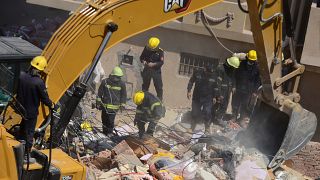
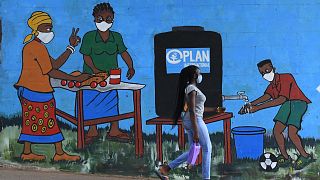
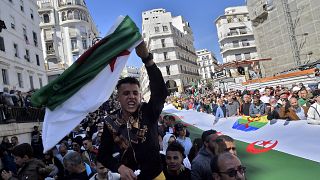
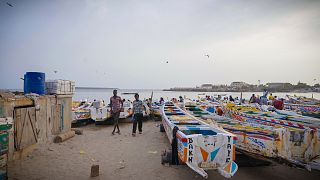
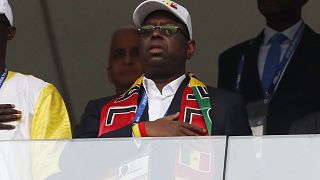
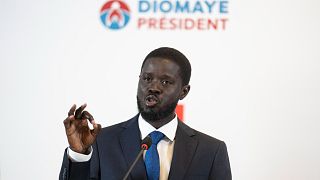
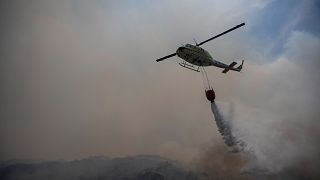
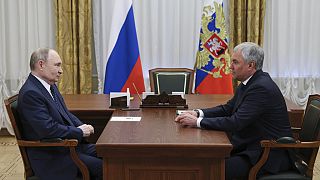
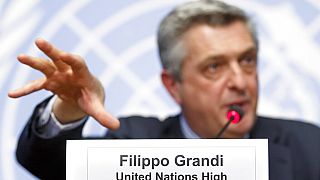
Go to video
Equatorial Guinea secures investment-grade rating — But for how long {Business Africa}
Go to video
Sub-Saharan Africa’s economy set to rebound, but Jobs still a major hurdle
Go to video
Oligui Nguema: A breakthrough or continuity for Gabon? [Business Africa]
Go to video
Egypt's revenue from the Suez Canal plunged sharply in 2024
01:36
Migration and refugee policies key to economic growth, Say UN and IMF experts
01:02
WHO member countries draft landmark preparedness treaty for next pandemic